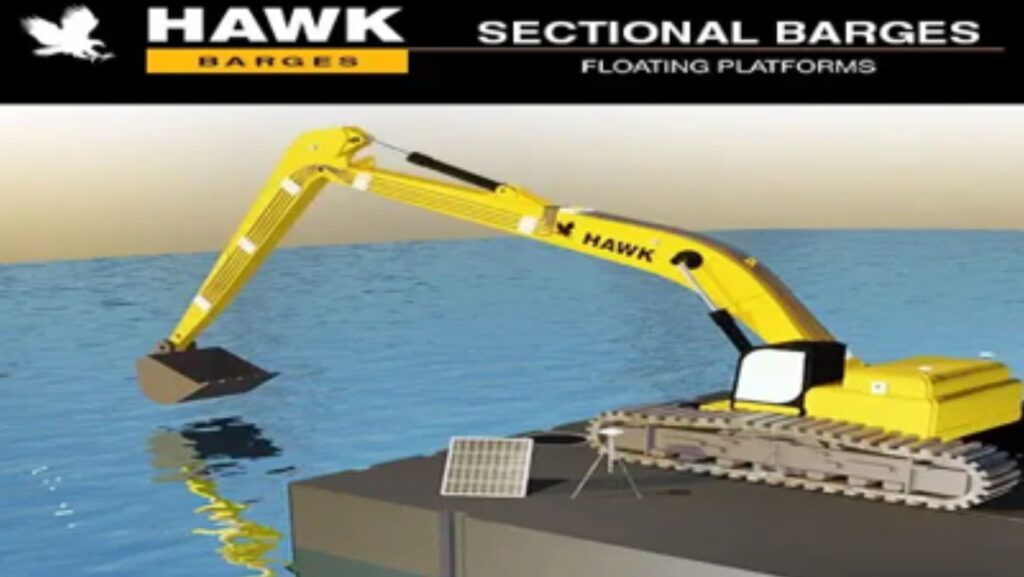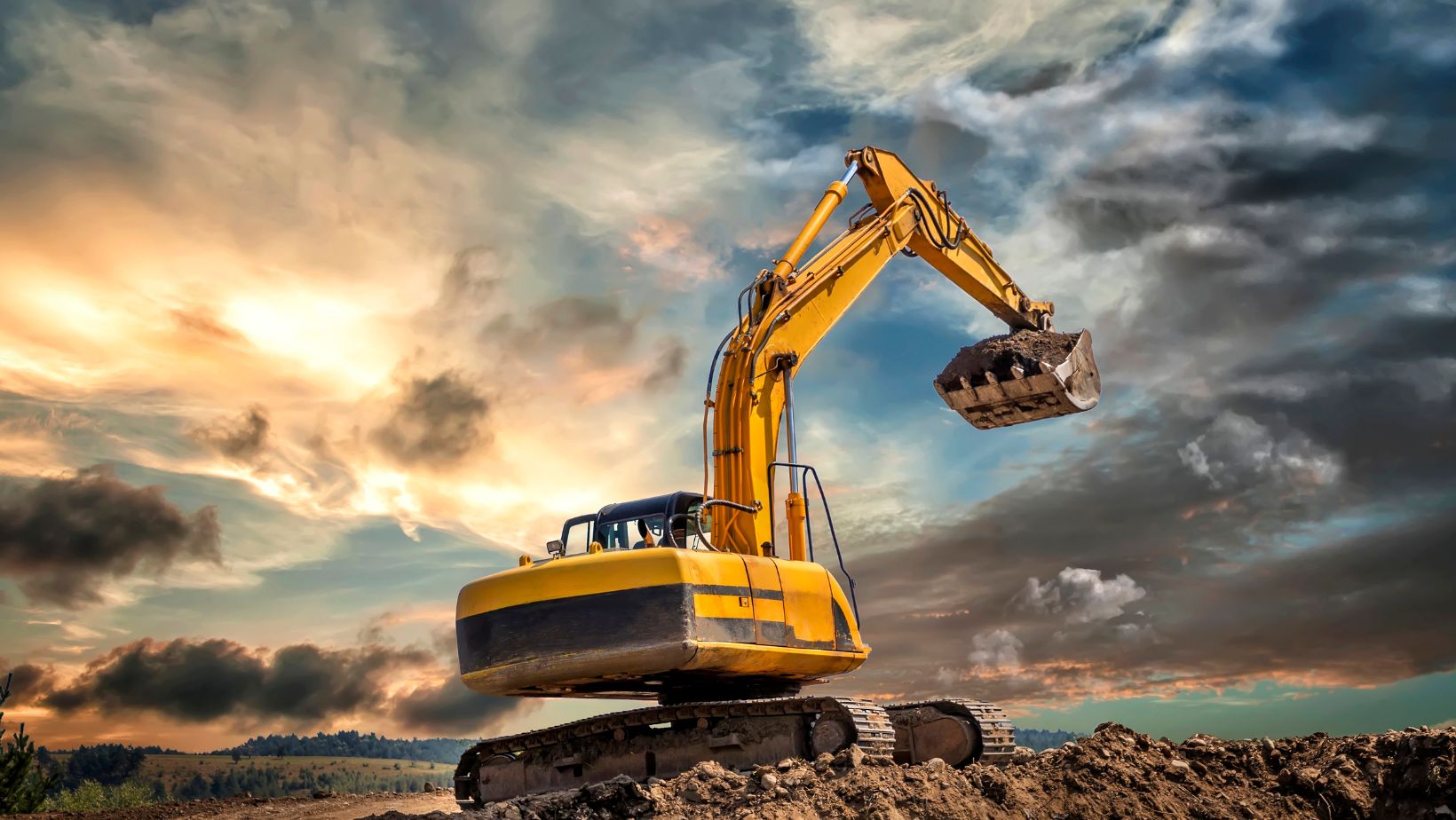
Introduction: The Rise of Smart Excavator Operator Tools
Precision, efficiency, and adaptability are essential in today’s earthmoving and construction industries. Excavator operators need technology that improves performance without sacrificing dependability due to tight schedules and rising safety regulations. The hydraulic grapple, a sturdy, multipurpose attachment that makes lifting, sorting, and demolition activities easy, is one of the most important instruments that is becoming more and more popular across sectors. This article explains why hydraulic grapples are essential equipment for every professional operator.
Understanding Hydraulic Grapples
Hydraulic grapples are powerful mechanical attachments that connect to excavators and use hydraulic force to grip, lift, move, or sort a wide range of materials. Unlike traditional buckets or rigid grabbers, hydraulic grapples provide exceptional control and flexibility, making them suitable for tasks that require both strength and finesse.
These tools are often confused with general excavator grapples, but the key difference lies in hydraulic actuation. While some grapples rely on static or manual pressure, hydraulic grapple attachments operate using the excavator’s hydraulic system, enabling more precise movement and increased power. As a result, they are preferred for heavy-duty and high-precision applications.
Types of Hydraulic Grapples and Their Applications
Hydraulic grapples come in a variety of configurations, each tailored to specific job-site demands. Understanding the different types helps operators choose the right tool for the task:
- Demolition Grapple: Designed to handle the rigorous demands of demolition work, these grapples feature reinforced tines and robust builds to tear down concrete, metal, and other construction debris with ease.
- Forestry Grapple: Specifically crafted for logging and vegetation management, these grapples allow for controlled grabbing and handling of timber, branches, and organic material.
- Material Handling Grapple: Ideal for sorting and moving industrial materials, scrap metal, and waste, this type of grapple is widely used in the recycling and waste management industries.
- Construction Grapple Attachments: Multi-purpose hydraulic grapples used on construction sites for moving bulk materials, organizing debris, and assisting with various lifting tasks.
Comparison Table: Types of Hydraulic Grapples
| Grapple Type | Primary Use | Key Features |
| Demolition Grapple | Breaking and removing structures | Reinforced tines, high power rating |
| Forestry Grapple | Logging and vegetation clearing | Wide jaw opening, gripping precision |
| Material Handling Grapple | Industrial and recycling work | Smooth motion, fine control |
| Construction Grapple | General construction tasks | Versatile design, adaptable for tasks |
Key Benefits of Using a Hydraulic Grapple for Excavator Operations
Hydraulic grapples offer a suite of advantages that make them a go-to tool for various industries.

Here are the top reasons why they outperform other excavator operator tools:
1. Flexibility Across Applications
One hydraulic grapple attachment may be utilized for a variety of jobs, including material sorting, forestry work, demolition, and more. By eliminating the need to switch between specialist tools, operators save time.
2. Enhanced Efficiency and Precision
Hydraulic control allows operators to manipulate objects with accuracy, even in tight or challenging spaces. This level of precision is especially valuable in demolition or when handling sensitive materials.
3. Reduced Manual Labor
With a hydraulic grapple for an excavator, tasks that would otherwise require multiple workers can be handled by one operator, increasing job site safety and reducing labor costs.
4. Faster Job Completion
Hydraulic grapples speed up tasks such as sorting debris, loading materials, or clearing land, leading to faster project turnover and reduced equipment idle time.
5. Improved Safety
By minimizing manual handling of heavy or hazardous materials, hydraulic grapples lower the risk of injuries and on-site accidents.
Why Excavator Operators Prefer Hydraulic Grapple Attachments
Hydraulic grapple attachments are always preferred by excavator operators because of the improved control they offer. These instruments improve handling precision and range of motion, making challenging tasks simpler.
Some notable reasons for their popularity include:
- Operator Comfort: Precision control through the hydraulic system means less strain on the operator.
- Adaptability: Whether you’re working on rocky terrain, urban demolition sites, or forested areas, there’s a grapple configuration for every environment.
- Time Efficiency: Less time switching tools or handling materials manually means more uptime and productivity.
Choosing the Right Hydraulic Grapple Attachment
Selecting the right grapple attachment depends on the type of work, machine compatibility, and the materials to be handled. Here are key factors to consider:
- Machine Compatibility: Ensure the hydraulic grapple matches your excavator’s size and hydraulic capabilities.
- Grapple Size and Opening Width: The opening width of the grapple determines the size of materials it can handle efficiently.
- Weight and Build Quality: Heavier-duty applications require grapples built with high-tensile steel and heavy-duty welds.
- Jaw Configuration: Clamshell, bypass, and orange peel jaws are designed for different applications; pick the right one for your use case.
Heavy-Duty Excavator Attachments for Tough Jobs
Attachments for heavy-duty excavators are designed to endure challenging circumstances on construction sites. These are not your typical grapples; they are tested for high-impact applications, strengthened with tougher materials, and frequently include extra hydraulic cylinders.
For instance, construction grapple attachments are frequently used on large infrastructure projects where reliability under continuous use is crucial. By guaranteeing long-term durability and reducing downtime, investing in this high-end equipment pays dividends.
Key Features of Heavy-Duty Hydraulic Grapples:
- Wear-resistant materials (e.g., Hardox or equivalent)
- High torque hydraulic motors
- Replaceable wear parts
- Increased jaw force for denser materials
Maintenance and Longevity: Keeping Your Hydraulic Grapple Performing
Just like any high-performance tool, a hydraulic grapple requires routine maintenance to remain effective. Proper care not only extends its life but also prevents unexpected downtime.
Maintenance Ideal Practices:
- Regular Inspection: Check for hydraulic leaks, worn hoses, and loose fittings.
- Lubrication: Keep pivot points greased and moving smoothly.
- Hydraulic System Check: Ensure pressure settings are within manufacturer specs.
- Cleaning: Remove dirt and debris from moving parts after each use.
- Attachment Mounts: Inspect for cracks, misalignment, or excessive wear.
Following these steps can greatly extend the lifespan of your hydraulic grapple and improve job-site efficiency.
Final Thoughts: Investing in Long-Term Value
Hydraulic grapples are no longer optional; they are essential tools for excavator operators on modern construction, demolition, forestry, and material-handling projects. Their unmatched versatility, durability, and control make them a cornerstone of heavy equipment operations.
By choosing the right hydraulic grapple attachment and maintaining it properly, excavator operators can significantly boost productivity, safety, and return on investment. Whether you’re managing demolition waste, clearing trees, or handling raw materials, a hydraulic grapple isn’t just an accessory; it’s a necessity.












